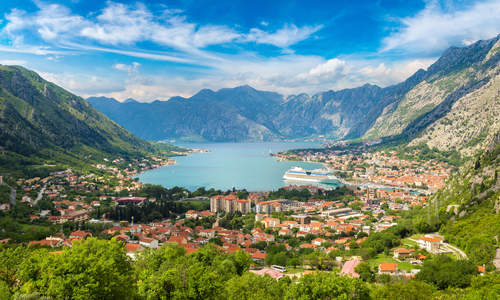Introduction
Montenegro is slowly coming to the world's attention. Continuing from Croatia, visitors are discovering the Adriatic Sea stretches south. Here the coast is backed by rugged mountains and you can enjoy the attractions and delights without the accompanying crowds found elsewhere.
The capital Podgorica has a mixture of ornate Turkish and stark Eastern-bloc architecture, reflecting the country's turbulent history. The ruins of the Roman city that stood here beforehand are still visible on the outskirts. Elsewhere, Kotor is an attractive medieval town with strong Venetian influences and a dramatic location.
More impressive still is the Ostrog Monastery, perched midway up a cliff and frequently wreathed in mist. Created in the seventeenth century it is revered as a shrine housing the relics of Saint Vasilije Ostroski.
The best seaside resorts are along the coast close to Budva; 17 beaches stretch into tall, barren coastal mountains making the region particularly attractive to visit.
Those looking for more active pursuits should head to the Durmitor National Park to indulge in excellent rafting, hiking, mountaineering and skiing. The Tara River Canyon is one of the deepest gorges in Europe and numerous caves and sinkholes dot the karst formations.
Elsewhere, Lake Scutari, on the border with Albania is popular with artists and bird watchers, who come to see the 270 species that flock here.


























